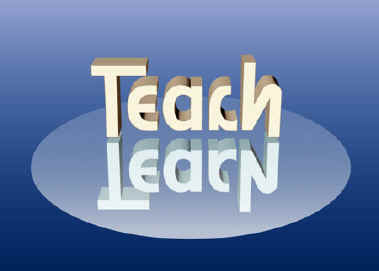 the following case
study and answer the questions about how
you think you learn:
the following case
study and answer the questions about how
you think you learn:
 How do you learn?
How do you learn?
 the following case
study and answer the questions about how
you think you learn:
the following case
study and answer the questions about how
you think you learn:
Cyndy accepted a new position that required her to learn a large amount of new information about computers to be able to sell computer software programs to retail outlets in cities she had never been to.
If you were Cyndy what would you do and how would you go about doing her job?
![]()
The terms used here are adapted from Kolbe Cognitive index
Kolbe Corp.
|
|
Learning Style |
Press each one to reveal what they mean? |
||
intuitive |
|
 |
||
methodical |
|
 |
||
handy |
|
 |
||
dependable |
|
 
|
||
|
|
a behavior you use most often to effectively acquire information, or successfully complete assignments. Not always rewarded by a grade! | |
Look at each of the above labels and compare them to the descriptions below.
Think about how you learn new information, and how you behave when starting a new job or are asked to perform a new task.
Rank the above learning behavior when you encounter new material to learn.
| Your Ranking | Most like me | More like me | Less like me | Least like me |
| value | 4 |
3 |
2 |
1 |
| Learning
Styles
Or Behaviors |
Use a most likely to a least likely approach to this ranking. For instance put the behavior that most matches your response first and the behavior that is most often never used last! Rank the four different behavioral patterns according to the way most like you (that is the easiest for you to do and thus the most frequent approach you use to new material). The last behavioral pattern on your list should be the least like you (that is [i.e.] the most challenging aspect of a new task and thus the least frequent approach you employ when confronted with a new situation).
Fill in the green boxes above with your selections.
Print out the page when you are done and bring it to class and conference meetings.
Learning Styles
or Learning Behaviors are derived from Kolbe cognitive, affective, and connate index:
![]()
QS means quick start.
Think about a new learning situation where you were expected to master new material or a set of new procedures with few if any instructions. What did you do to successfully accomplish the new task or assignment? Do not worry about being exactly accurate give your best effort when arranging the learning style categories from most like you to least like you with respect to a recent and characteristic experience you have had to effectively master.
Multiple Intelligences
What does learning involve?
Learning involves a mastery
Behavioral approaches to learning.
We all learn so differently from one another.
Go on